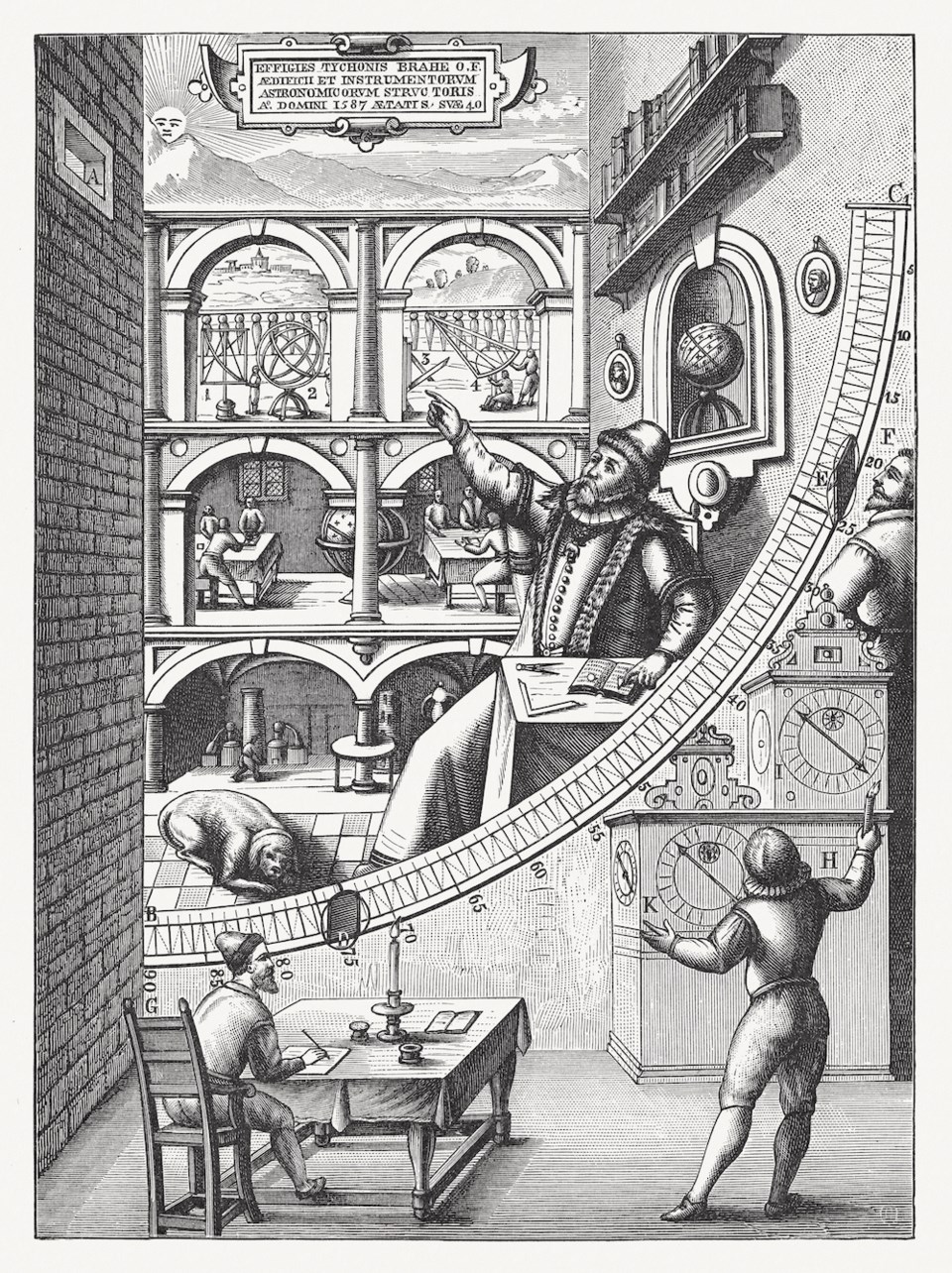April was disappointing for astrobuffs on the Coast; although I caught Venus a few times and Mercury early in the month in the west just after sunset, most of us spent time looking at various cloud bases. Assuming we see more seasonal weather, May should showcase Venus beautifully. By May 9, Venus is as far north as it gets in its orbit and it continues to swing around from behind the sun. It reaches its maximum eastern elongation on June 4, when it will be about half lit, like a first-quarter moon. Of course, as Venus catches up to us, its apparent diameter grows but the portion lit by the sun shrinks. Its inferior conjunction with the sun occurs Aug. 13, south of the ecliptic and basically out of sight by mid-July.
If May 9 is clear, find Venus about 20 degrees (two fist-widths) above the WNW horizon. About three fist-widths left is bright star Procyon in Canis Minor; about the same to the right and up a bit is brighter star Capella in Auriga. If you look about two fist-widths up and left from Venus, you can see the two bright stars in Gemini, Pollux (left) and Castor (right). The third object left and below them is Mars, about as bright as the two stars but pinkish.
The coolest thing to see in May might be on the morning of May 17, around 04:45. With a clear view of the eastern horizon, you will see a very thin waning crescent moon about one degree above the horizon, just north of due east. As it rises, it moves across in front of the bright “star” to its left – the planet Jupiter. The moon will eclipse Callisto at about 04:48, Ganymede about 04:51 and will eclipse Jupiter itself by about 04:58. Jupiter’s other two big moons are too close to the planet to see. If you keep watching, weather permitting, you’ll be able to see everything emerge from behind the moon, with Jupiter re-appearing from behind the moon by 05:32.
Last month I briefly mentioned the achievements of Nicolaus Copernicus, the Polish physician turned astronomer. Three years after his death in 1543, a Danish boy was born, Tycho Brahe, eldest son of a Danish nobleman and related to many of the Danish families of nobility. He was raised and generously educated by a childless uncle, studied law but became fascinated by astronomy and realized that much of the actual data about planets and stars was pretty rough. Before the age of 20, he had begun to make rigorous notes about astronomical observations and realized there was much work he wanted to do. He experienced a brief distraction from these pursuits in December of 1566, when he got into an argument with his third cousin over who was the better mathematician. It culminated in a sword duel in the dark during which Brahe lost the bridge of his nose. Although the two eventually reconciled, Brahe wore a metal prosthetic nose for the rest of his life.
On Nov. 11, 1572, Tycho observed from Herrevad Abbey a new and bright star in Cassiopeia, now called SN 1572. This was very much contrary to the accepted concept of immutable celestial spheres but by rigorous observation, Brahe proved it lay beyond the atmosphere and the planets and was not moving with respect to the stars. While this contradicted official Church policy about the nature of the Heavens, it didn’t get him into the kind of trouble experienced by Giordano Bruno (look him up). By around 1576, the Danish king, Frederick II, convinced Brahe to build a new observatory on an island near Copenhagen; he named it Uraniborg and it was the earliest large observatory in Europe. Brahe built accurate instruments and recorded accurate positions of about a thousand stars – no small feat in pre-telescope days. During that period, he also had a pet “elk” (or a moose?). According to Wikipedia, when another nobleman asked to have it, he informed him that the “elk” had unfortunately drunk a lot of beer, fallen down the stairs and died. Eventually, however, he fell out of favour with the new king, Christian IV, and in 1599 chose to move to Prague with the sponsorship of Rudolf II, Holy Roman Emperor. He remained and worked there until his death in 1601, during which time his assistant was Johannes Kepler, of later astronomical fame. While Brahe did not achieve the rock star status of some of his contemporaries, his work on positional data was far superior to any other at the time, often to an accuracy of two arcminutes – about one fifteenth the diameter of the moon. Kepler later went on to publish his three laws of planetary motion but we know where his data came from. And how can you not admire a man with a brass nose and a pet moose with a drinking problem?
The May club meeting open to the public will be at the Sechelt Library at 7 p.m. May 12.
Murray Paulson will be giving a presentation on Eclipse Chasing, in preparation for next year’s solar eclipse. Updates will be posted on the club website: sunshinecoastastronomy.wordpress.com/ We hope to see you there.




